Warning: containers spoilers for The Prestige
After years of a cat and mouse chase across Europe, two magicians are ready to declare war on one another. One, bitter over the loss of his son after a bullet-catch gone wrong at his own hand, steals the other’s program of tricks. The subsequent change in his act begins to gain traction with audiences.
The enemies talk of a “battlefield” where they can settle all the imagined slights, and perhaps even obtain the revenge they have longed for over the course of their professional rivalry – at one point going so far as to involve the pope in their competitive European tours. One monologues to himself about how “exquisite” his vengeance will be, then announces publicly that his sole purpose in life is to “challenge” the other to “mortal combat.”
You could be forgiven for thinking these were scenes from Christopher Nolan’s classic film, The Prestige, released in 2006 and the recipient of two Academy Awards. But the dispute described isn’t between Christian Bale and Hugh Jackman’s onscreen characters; it is one that actually happened in France in the early 19th century. And as with any good tale of magic, all is not as it seems – although I don’t want to reveal the secret just yet.
This year is the 15th anniversary of The Prestige’s release, a film which continues to epitomize magic in the Victorian period for many fans. When people heard I was completing a PhD on Victorian magicians, it became very common for them to gasp: “Oh! Just like in The Prestige?” Initially I resisted this comparison – even though watching The Prestige at an early age probably inspired my interest in this topic too.
My research explores the impact of conjuring upon literature and other media during the Victorian period. There has been quite a lot of research into the psychology of magic and its theoretical implications, such as links to the history of advertising. And The Prestige itself has been the subject of academic interest, due to the rise of neo-Victorianism as a field of study. But the experiences of the magicians themselves have not been as widely explored.
As my research continued I began to see that, in many ways, the real history of stage magic in the 19th century was as hectic and violent as Nolan portrays (albeit without the clones). The popularity and public recognition of the film also continues to interest me: what had Nolan captured which resonated in people’s imaginations? And why was this film the basis of most people’s knowledge of magic history – particularly when the reality of Victorian stage magic was in many ways even stranger than fiction?
Another slightly less popular magician film released in the same year as The Prestige was Neil Burger’s The Illusionist, featuring Edward Norton and Jessica Biel. Both movies are adaptations of books, The Prestige (1995) by Christopher Priest and The Barnum Museum (1990) by Steven Millhauser. Priest’s book is much more ingrained in the real history of 19th century stage magic, name-checking well-known magicians such as John Nevil Maskelyne and “The Wizard of the North,” John Henry Anderson, who both engaged in dramatic rivalries of their own.
The Prestige follows two stage magicians at the close of the Victorian era, Alfred Borden (Bale) and Robert Angier (Jackman), who engage in increasingly dangerous one-upmanship and competition, particularly over Borden’s trick “The Transported Man,” in which he vanishes behind one door while almost simultaneously emerging from another on the opposite side of the stage.
Borden achieves this by having an identical twin. But Angier is unable to accept this banal explanation and becomes obsessed with both the truth behind the trick and improving it further by employing the help of the inventor Nikola Tesla. Tesla (best known for designing the alternating-current electric system) creates for Angier a machine that will generate a clone of him nearby, reproducing the effect of Borden’s trick. But the version of Angier left onstage as a result of the cloning must be drowned under the stage each night – a literal representation of the “cost of a good trick,” one of the film’s central motifs.
Angier is also, initially in any case, haunted by his wife’s death by drowning after a water escape trick goes wrong, and he blames Borden’s poor knot-tying skills for her demise. There are other themes at play: Angier is American, and later becomes very wealthy, whereas Borden is presented as more explicitly working-class. Borden is passionate about the techniques of magic; Angier is more concerned with fame.
So rivalry is a central theme in The Prestige. In one scene, Tesla’s assistant asks Angier why he would want the same clone-making device as Borden. His response: “Call it a professional rivalry.” And as I carried out my own research, I couldn’t help but notice that rivalry is also an overriding motif of real-life Victorian magic. In fact, the magicians of this time used public rivalries as advertising tools to build a sense of drama around their already mysterious profession.
Pinetti vs Torrini
The most famous magician of the Victorian period was Jean-Eugene Robert-Houdin – the man who inspired Houdini’s stage name. Robert-Houdin’s memoirs are one of the key magician autobiographies of this period. Robert-Houdin credits his initial interest in magic to a travelling performer who used the pseudonym of Torrini and whose dramatic life story was adopted by many other magic historians in this period.
Robert-Houdin (1805-1871) originally worked as a watchmaker and this knowledge of mechanics proved useful in his magic career when building his famous automata, or self-operating machines. The best known of these, The Marvelous Orange Tree, features in the film The Illusionist. Apparently reacting to a loud noise, such as a gunshot, the Orange Tree produces orange blossoms and fruit from within its leaves. Robert-Houdin was also known for the “second sight” trick and “ethereal suspension,” often suspending his son onstage. The latter trick makes it appear as though the performer is floating without assistance or with just a thin pole.
The story goes that Torrini, who was travelling around France, meets a young Robert-Houdin and the pair become friends and travel around the country for a while. Torrini teaches his young apprentice the ways of conjuring, all the while lamenting his many professional and personal misfortunes, such as the death of his son and having to flee from his previously aristocratic past.
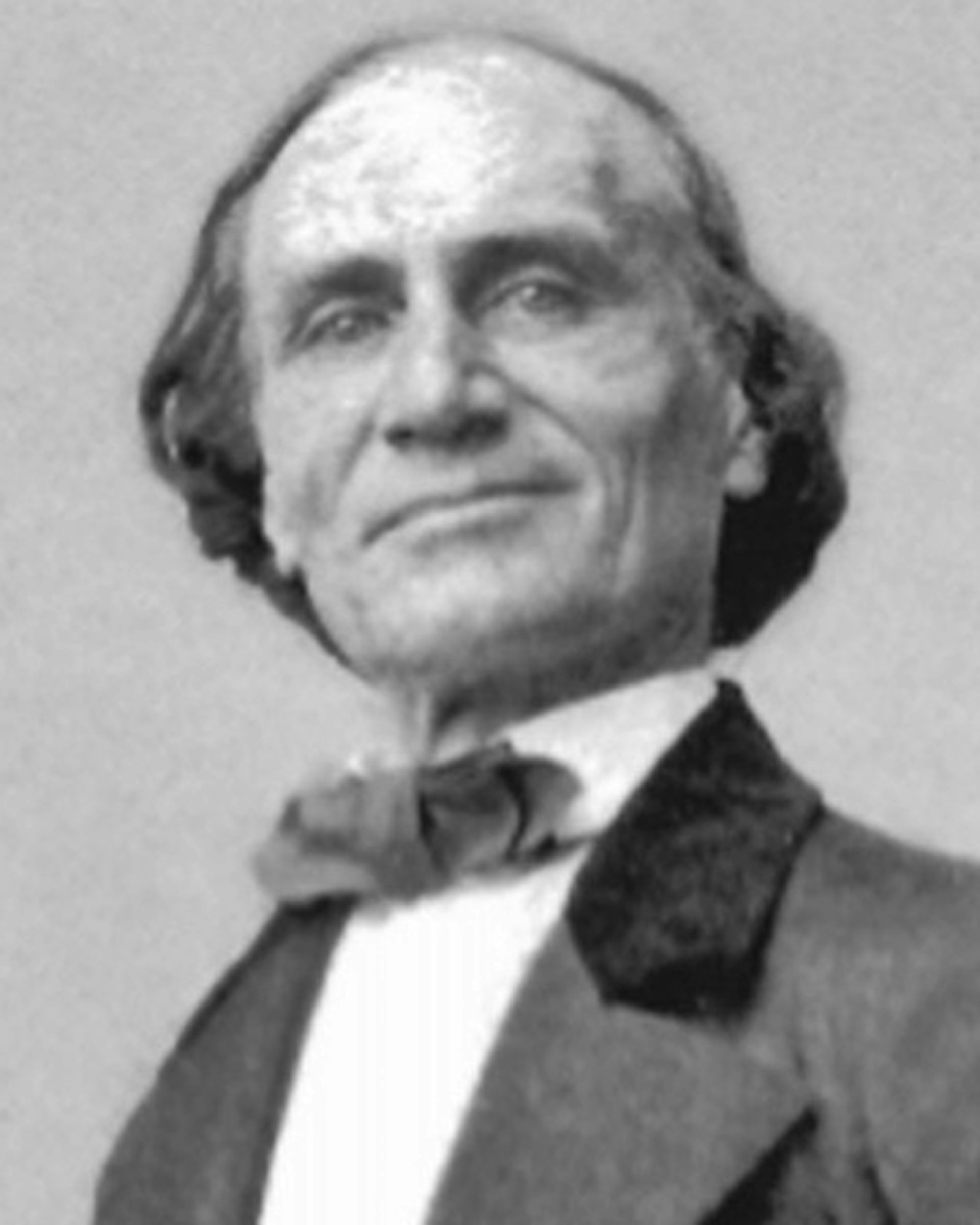
According to Robert-Houdin’s memoirs, Torrini was regularly at war with other magicians. The most violent incident he records was with Joseph Pinetti, who acted as Torrini’s foil throughout Robert-Houdin’s narrative and who had died by the time of the memoirs’ publication. Robert-Houdin’s descriptions of Torrini and his vicious rivalry with Pinetti are often riddled with references to weapons, revenge, war and duelling.
At one point, Torrini performs in front of Pope Pius VII. He notes that Pinetti is too scared to enter Rome for fears of being accused of necromancy (black magic). Robert-Houdin writes about the lead-up to their rivalry from Torrini’s perspective:
Then, when quite confident in myself – when I had added many new tricks to Pinetti’s repertoire – I would pursue my enemy, enter every town before him and continually crush him by my superiority… I, therefore, ordered apparatus of unknown brilliancy in those days, spending in this every farthing I possessed. With what delight did I regard these glittering instruments, each of which seemed to me a weapon capable of inflicting mortal wounds on my adversary’s vanity. How proudly my heart beat at the thought of the contest I would commence with him! Henceforth, it would be a duel of skill between Pinetti and myself, but a mortal duel; one of us must remain on the ground, and I had reason to hope that I should be the victor in the struggle.
This monologue would not be out of place in Nolan’s film, and indeed using war-like imagery when describing their professional rivalries – whether real or imagined – was very common in writings by magicians during this period.
Part of Torrini’s volatility is implied to be the result of his own tragic past, in which he accidentally shot and killed his own son as part of a gun trick.
The bullet-catch, a catch-all name for many variations of the trick, features heavily in The Prestige. Borden notes that “people still get killed doing this” and indeed people have been killed in misadventures involving the bullet-catch or wounded in its performance as recently as 2012.
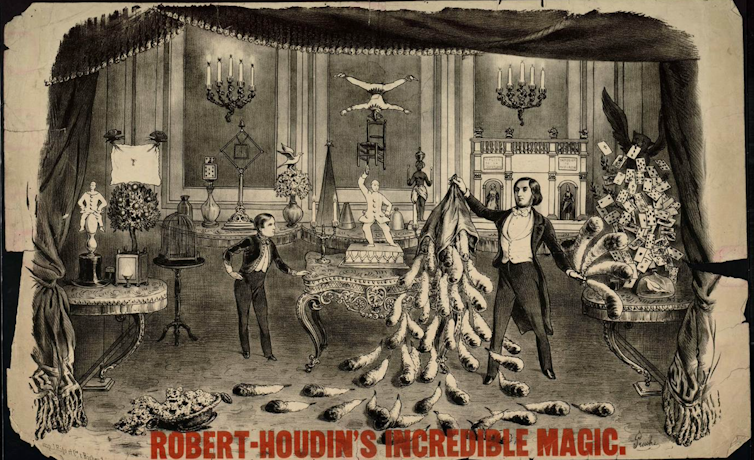
Alas for my golden dreams!
Torrini was such a vivid and colourful character that many began questioning the truth behind his story. Then, in the 1960s, it was discovered by a Robert-Houdin biographer, Jean Chavigny, that Torrini had never existed and had always been completely fictitious. Robert-Houdin had, in fact, invented Torrini to add some dramatic flair to his own origin story and create a dramatic legacy for his own magic tricks.
Falsehoods such as these led to Robert-Houdin acquiring his own rival from beyond the grave. Because, while he initially inspired a young Houdini, this relationship turned sour when Houdini realised his former idol was a charlatan. Houdini wrote an entire book in 1908 titled, The Unmasking of Robert-Houdin, exposing what he saw as Robert-Houdin’s lies. In his introduction, Houdini writes:
Alas for my golden dreams! My investigations brought forth only bitterest disappointment and saddest of disillusionment. Stripped of his self-woven veil of romance, Robert-Houdin stood forth, in the uncompromising light of cold historical facts, a mere pretender, a man who waxed great on the brainwork of others, a mechanician who had boldly filched the inventions of the master craftsmen among his predecessors.
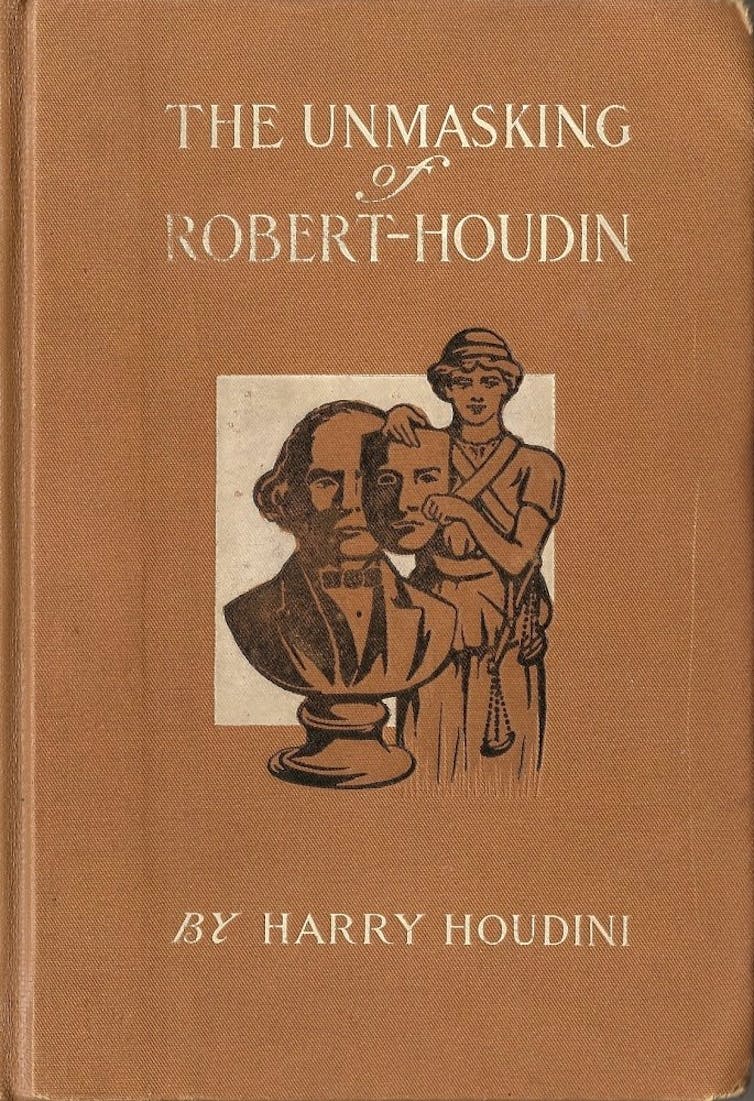
Houdini believed that Robert-Houdin had stolen all of his tricks from others and neglected to credit any of his predecessors. Whatever the truth, Robert-Houdin was himself very familiar with having his own tricks stolen in the cut-throat world of the Victorian magic circuit.
Robert-Houdin vs Anderson
Plagiarism led to the most disagreements in the magic trade.
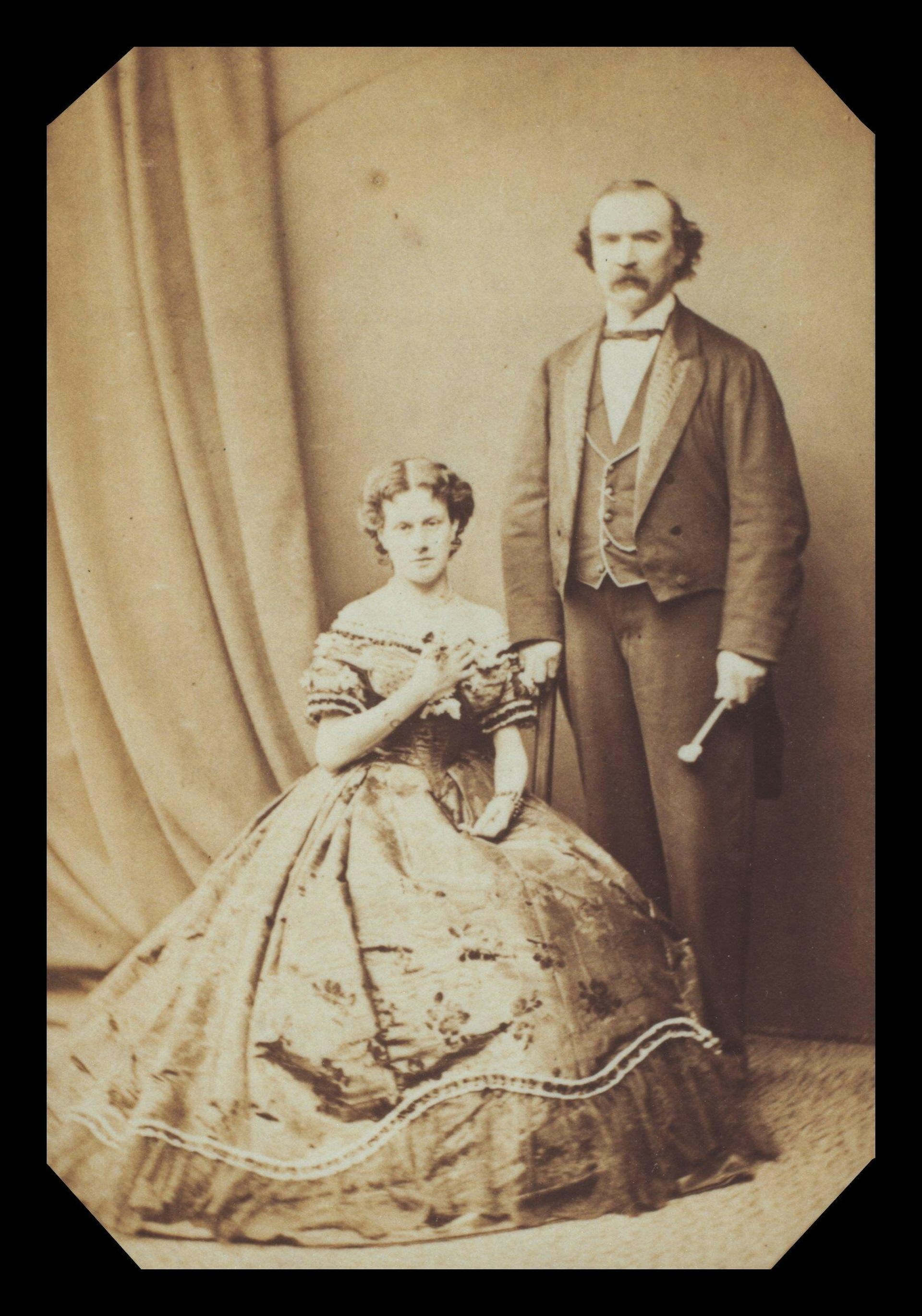
John Henry Anderson, a Scottish magician of global renown during this period, is often credited with first popularising guns as part of a magic act, pioneering several gun tricks which inspired many imitators.
He was in many ways the main competitor of Robert-Houdin, although the French magician often downplayed this relationship in his subtle dismissals of Anderson’s skills.
Anderson, for his part, would leave a city if he knew Robert-Houdin was coming. When both were on the listings of London theatres at the same time, Robert-Houdin appeared unconcerned, describing Anderson as a “puffer” in his memoirs.
Anderson swiftly fled from London after the first arrival of Robert-Houdin in 1848, but returned using a programme full of Robert-Houdin’s best known tricks by the Christmas of that year.
Robert-Houdin’s own interest in Anderson, however, mainly came from his dismay at the latter’s style of advertising. He noted that, as part of Anderson’s famously extreme publicity campaigns, he sent moulds bearing his name, title and the hour of his performance to “all the buttermen in the town…”
…begging them to imprint his stamp on their butter-pats… As every family in England eats butter at breakfast, it follows that each receives, at no expense to the conjurer, an invitation to pay a visit to the illustrious Wizard of the North.
This is but one of Anderson’s audacious publicity stunts – all documented with disdain in Robert-Houdin’s memoirs where he sarcastically remarks that he believes Anderson must secretly be modest, as his conjuring skill is not at the same level as his advertising abilities.
Anderson was also, ironically, one of the most overt in publicly criticizing his own imposters. George Barnardo Eagle, who also performed under a “Wizard” title, was often the subject of his disapproval, with Anderson once issuing large window posters with a cartoon illustrating Eagle’s plagiarism.
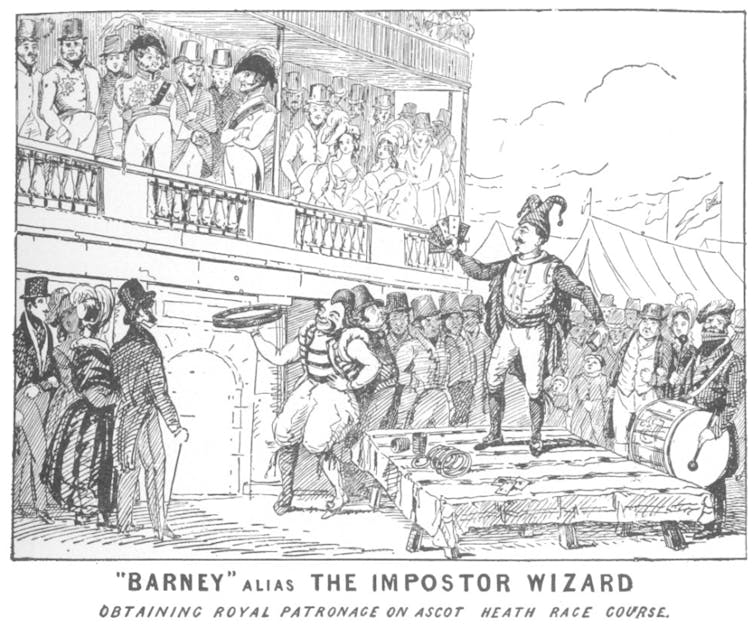
Prior to a performance in Birmingham, Anderson issued a playbill (an often illustrated advert outlining and promoting a performer’s upcoming shows) to Eagle with a direct threat, writing:
BARNEY, when we last met, I merely ruffled your feathers, this time I’ll pluck you clean, not one shall be left thee to spread thy (Eagle) wings of imposition.
Although we don’t know if Eagle and Anderson ever came to blows, there was certainly an atmosphere of tension as they toured Britain, this time with Anderson in pursuit of his own imposter.
Maskelyne vs… everyone?
Another magician who made many enemies both inside and outside magic circles was John Nevil Maskelyne. He was famously guarded about his methods and was never afraid to sue rivals who he felt were stealing his tricks. His dispute with the American magician Harry Kellar, who openly copied one of his levitation tricks in the early 1900s, is cited as one of the key rivalries in The Prestige. The trick involved levitating a female assistant and passing a ring around her entire body to demonstrate a lack of wires.
Originally from Cheltenham in Gloucestershire, England, Maskelyne entered the magic profession in dramatic style by teaming up with his later long-time partner George Alfred Cooke to expose the tricks of the divisive spiritualist duo, The Davenport Brothers, in 1865. Like Robert-Houdin, Maskelyne was a former watchmaker and master of automata, and his most famous creation, Psycho, can still be seen in the Museum of London today. Psycho is the archetypal card-playing automaton, who can carry on a game of whist with a human participant.
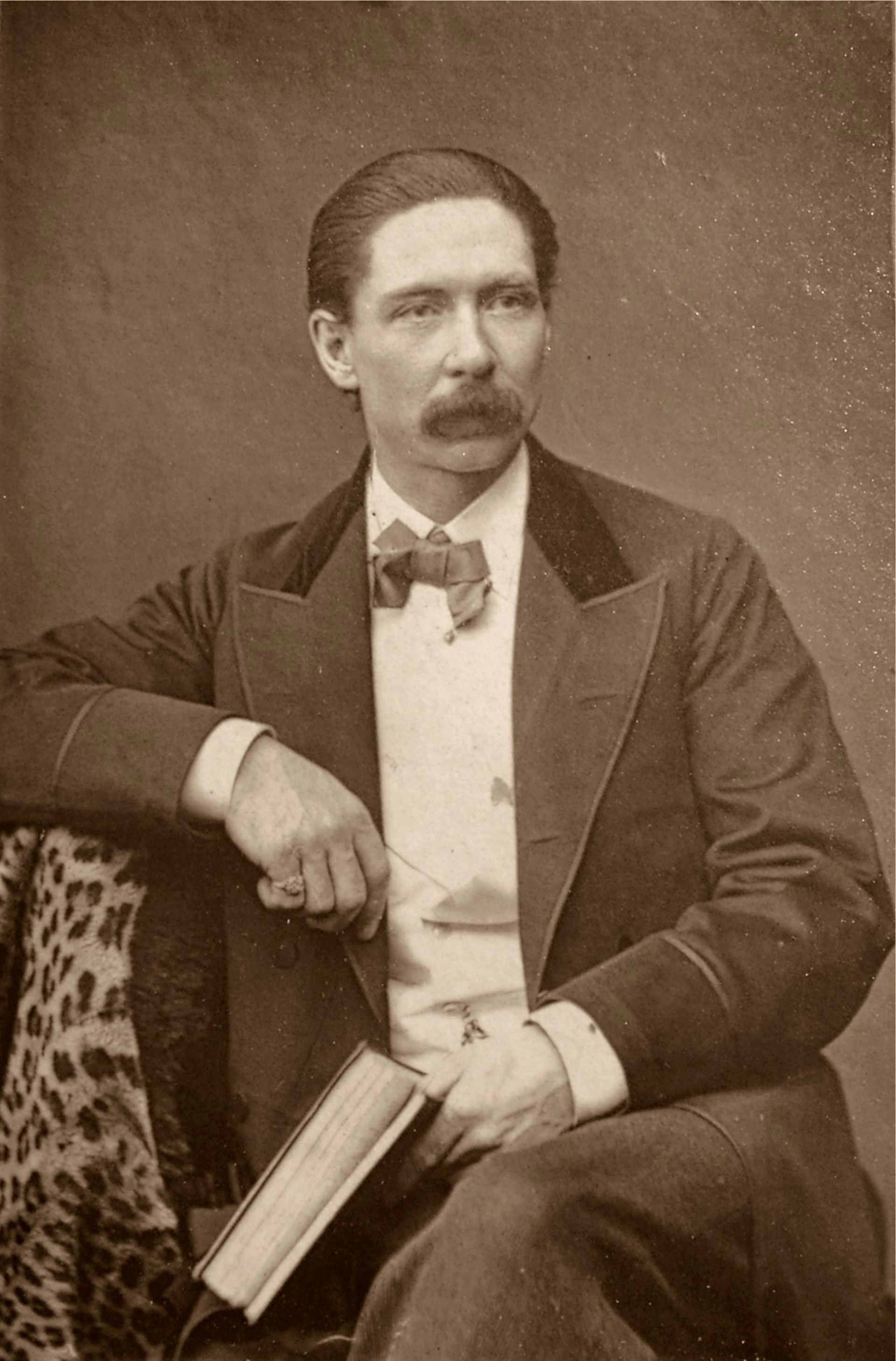
Some versions of the story hold that Kellar once stormed Maskelyne’s stage in order to get a better look at the technique of the levitation trick; others state that Kellar hired a spy to infiltrate Maskelyne’s inner circle (as Angier does when he sends his assistant to find out the truth behind The Transported Man). As with many such stories of professional magician rivalries, it is difficult to track down the truth of the incident – if a real truth, in fact, exists. Kellar’s estate went on to sell his version of the trick, having no such qualms about distributing secrets.
The trick is everything
The Prestige isn’t perfect and has its historical inaccuracies, made easier to overlook by its nebulous time setting (although, at one point, the film is firmly centred in 1899). But issues – such as the narrative reliance on water escapes, which were not especially in use until Harry Houdini made them famous in the 20th century and mentions of the “sawing-a-woman-in-half” trick (which was not debuted under this title until 1921 by P.T. Selbit) – are admittedly unlikely to bother the average viewer.
So the continuing popularity of The Prestige perhaps illustrates
how we still enjoy Victorian conjuring in modern society. But why do we have such a strong cultural memory of stage magic as a specifically Victorian concept? And why do we continue to create neo-Victorian films and books, such as The Prestige and The Illusionist, exploring this?
Magic and the wonders of illusion have been keeping humans entertained for thousands of years. I would argue that this perennial thirst for magic – especially when fiction and cinema allow a trick to appear so real – is part of the fantasy we project onto historical eras, such as the Victorian period: an era rife with popular entertainment, similar to our own. In the Victorian era, we see a recognisable yet different form of our current society, in the same way that magic tricks often take the familiar and twist it slightly to subvert the audience’s expectations. In this way, the past and conjuring seem inevitably linked.
This was the “golden age” of magic, before health and safety laws barred most performers from actually putting their lives on the line for a good trick. The mystery of magic is naturally suited to the foggy London streets we continue to be drawn to, and Nolan’s skill as a filmmaker portrays the social anxieties, such as concerns over individuality and urban expansion, of this era brilliantly. Such paranoia and desire for authenticity continue today, but are especially slippery in a profession still dominated by pretense.
As Borden tells his wife’s son in their first encounter: “The secret impresses no one – the trick you use it for is everything.” We continually search for wonder in the world, which some feel is increasingly rare, and today, as in the 19th century, a good magic trick is capable of suspending reality and providing an escape from the mundane and the predictable. Magicians of the Victorian period undoubtedly took their rivalries too far and risked their lives for their acts, but only because they knew the real secret of stage magic: that a good trick is worth any cost.
This article is republished from The Conversation under a Creative Commons license. Read the original article.
Beatrice Ashton-Lelliott recently completed her PhD at the University of Portsmouth on Victorian magician autobiographies and fictional representations of conjuring in 19th-century literature. She has most recently published on illusions in Hawthorne's The Blithedale Romance and Hardy's The Mayor of Casterbridge.
